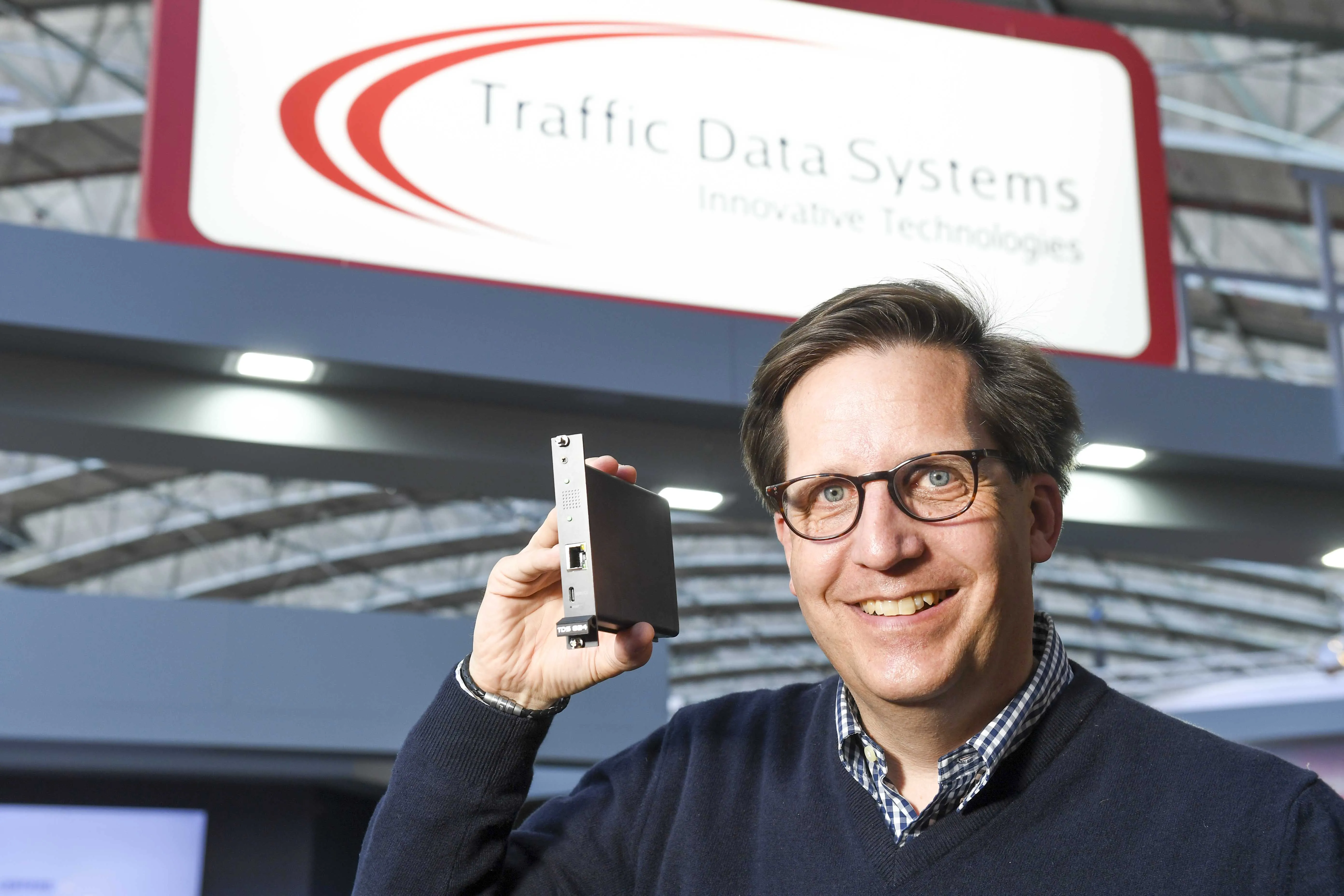
Among a range of new products that
EDI says it easily interfaces with any make or model of traffic cabinet or controller, (NEMA, ATCC or Type 170/2070), to provide real-time traffic counts, and parsed data which can be used to derive a variety of data analytics which may include Levels of Service, Vehicle Occupancy, Arrivals on Red and High Density Detector Data.
The iCite Data Aggregator DA-300 provides Wi-Fi-based roadway network travel time and much more. It monitors and reports on mission critical traffic cabinet or intersection faults via SMS or email. It’s also designed to endure temperature extremes and well suited for solar powered applications.
Also on the booth will be the new Reno A&E intersection Malfunction Management Unit which is setting new standards in reliability and functionality. The MMU2-1600GE and MMU2-1600G monitors are fully compliant with the recently updated NEMA TS2:2003 (R2008) Standard for Traffic Controller Assemblies, (Amendment #4-2012).
According to the company, these units can be programmed for eight-phase, dual-ring operations by answering a series of questions presented on the monitor. The Wizard can setup the eight Flashing Yellow Arrow (FYA) Types (A-H) defined by the NEMA Amendment 4-2012. The Wizard can set up eight additional Flashing Yellow Arrow Types (I-P). The Wizard will set the proper configurations and check the program card jumpers for any configuration issues. Selecting "Easy FYA Programming" allows standard program card programming for FYAs.









